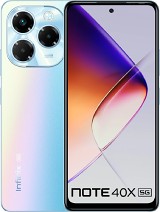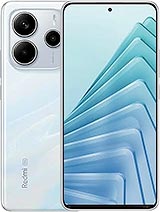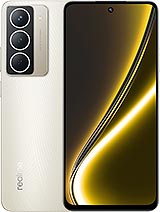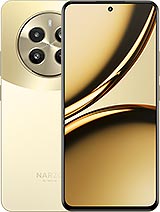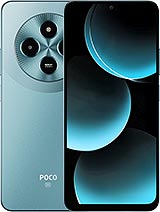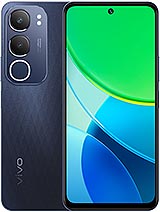Redmi Note 13 alternatives
Tap above to see alternatives.
Samsung Galaxy A16 alternatives
Tap above to see alternatives.
Redmi Note 13

Redmi Note 13
-
Dimensity 6080
6 nm
-
5000 mAh
33W
-
6.67"
1080x2400 pixels
-
108 MP
1080p@30fps
Samsung Galaxy A16

Samsung Galaxy A16
-
Helio G99
6 nm
-
5000 mAh
25W
-
6.7"
1080 x 2340 pixels
-
50 MP
1080p@30fps
2x2.4 GHz Cortex-A76
6x2.0 GHz Cortex-A55
2x2.2 GHz Cortex-A76
6x2.0 GHz Cortex-A55
8GB 256GB (UFS 2.2)
12GB 256GB (UFS 2.2)
12GB 512GB (UFS 2.2)
6GB 256GB (UFS 2.0)
f/1.7, (wide), 1/1.67", 0.64µm, PDAF
8 MP
f/2.2, (ultrawide)
2 MP
f/2.4, (depth)
f/1.8, (wide), AF
5 MP
f/2.2, (ultrawide)
2 MP
f/2.4, (macro)
f/2.4, (wide)
f/2.0, (wide)
SIM1: Nano, SIM2: Nano (Hybrid)
SIM1: Nano, SIM2: Nano
FDD: N1, N3, N5, N8, N28
TDD: N40, N78
FDD: N1, N3, N5, N7, N8, N20, N26, N28, N66
TDD: N40, N41, N77, N78
FDD: N1, N3, N5, N8, N28
TDD: N40, N78
FDD: N1, N3, N5, N7, N8, N20, N26, N28, N66
TDD: N40, N41, N77, N78
In this comparison, the Redmi Note 13 with the Mediatek Dimensity 6080 (6nm) performs better than the Samsung Galaxy A16 with the Mediatek Helio G99 (6nm), thanks to its more efficient chipset.
The Samsung Galaxy A16 offers 6 years of OS updates, while the Redmi Note 13 provides 3 years. When it comes to security updates, Samsung Galaxy A16 leads with 6 years of support.
Both phones feature AMOLED displays. Moreover, it offers a higher 120 Hz refresh rate for smoother scrolling. Redmi Note 13 also has a brighter display with 1000 nits, improving outdoor visibility. These phones have the same resolution.
Both phones have the same 5000 mAh battery capacity. Redmi Note 13 supports faster wired charging at 33W.
Both phones have the same IP54 rating for water and dust resistance.

